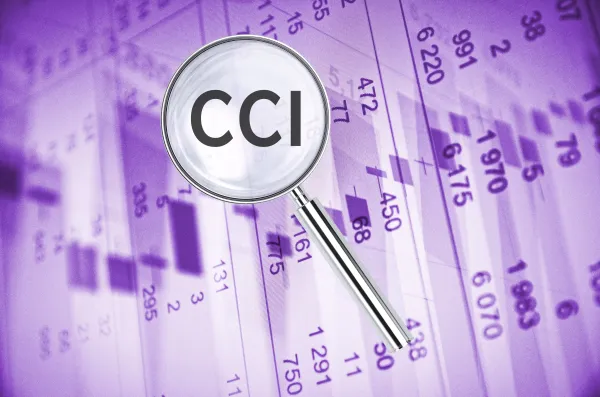CCI Knowledge Should Include Exclusive, Unlikely Edit Info

Question: What is the difference between mutually exclusive edits, and medically unlikely edits? New Mexico Subscriber Answer: Though they may sound similar on the surface, the National Correct Coding Initiative (NCCI, or sometimes just CCI) identifies them as completely different kinds of edits. The Centers for Medicare and Medicaid Services (CMS) defines NCCI Procedure-to-Procedure (PTP) code pair edits — Column 1 and Column 2 edits — as “automated prepayment edits that prevent improper payment when certain codes are submitted together.” In other words, the Column 2 code is a procedure that is a component part, or bundled into, the more comprehensive service described by the Column 1 code. NCCI provides three indicators for these edits: So, you can separate edits with a 1 indicator using modifiers such as modifier 59 (Distinct procedural service) in the case of procedures, modifier 25 (Significant, separately identifiable evaluation and management service by the same physician or other qualified health care professional on the same day of the procedure or other service), in the case of evaluation and management (E/M) services, or Level II modifiers when procedures are distinct due to anatomical location. But you cannot unbundle edits with a 0 identifier at all, and some of these are what are known as mutually exclusive edits, or procedures that cannot reasonably be expected to be performed at the same time. For example, 90634 (Hepatitis A vaccine (HepA), pediatric/adolescent dosage-3 dose schedule, for intramuscular use) is listed as a column 2 code for 90633 (Hepatitis A vaccine (HepA), pediatric/adolescent dosage-2 dose schedule, for intramuscular use) and has a 0 indicator because a physician would simply not provide both vaccines to the same patient during the same visit. Medically unlikely edits (MUEs), however, are edits that exceed the maximum units of service that are allowed by a CPT® or HCPCS code. As an example, a code such as 44970 (Laparoscopy, surgical, appendectomy) carries an MUE unit of 1 simply because it would be impossible to remove more than one appendix from one specific patient.




